2025 Is Going to Be Wild
Posted by estiator at 11 November, at 16 : 48 PM Print
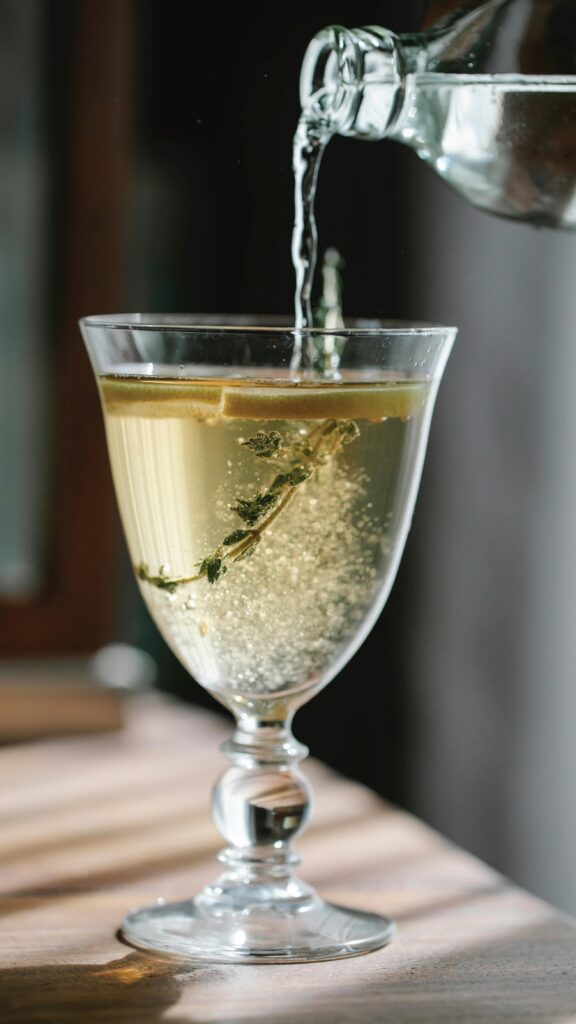
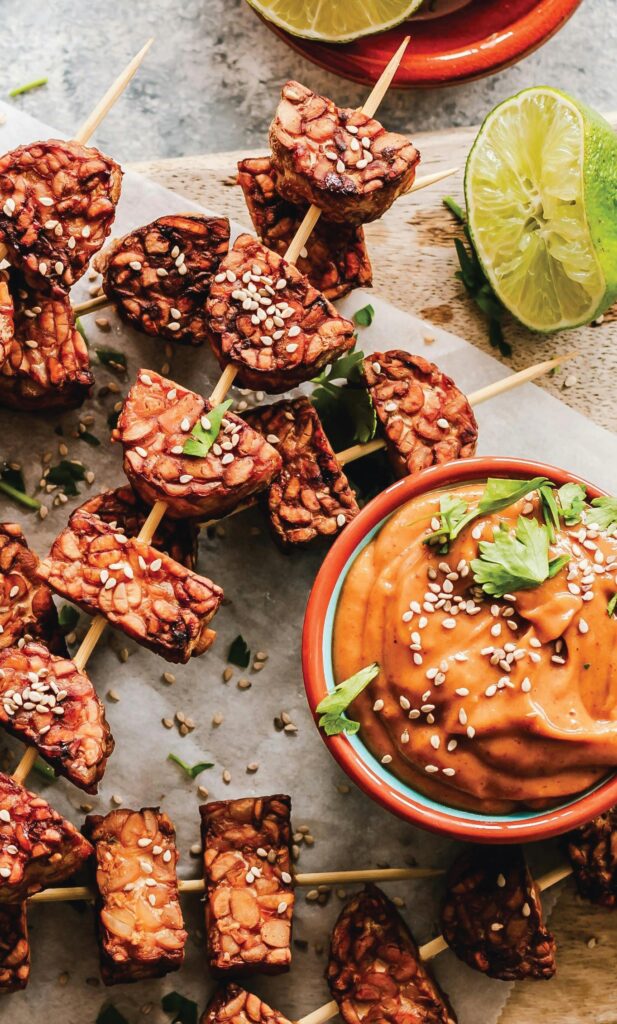
COVER STORY
From “next-level spicy” to dirty sodas to revived childhood flavors, Estiator rounds up food forecasts for the coming year.
By Michael Kaminer
If the crystal balls are accurate, your customer in 2025 might soon request Greek bowls or spicy snacks loaded with extra protein and exotic mushrooms, all washed down with a “dirty soda «or bubble-gum-flavored, on-alcoholic cocktail sweetened with wild honey.
Those are just some of the food trends poised to shake up the business in the coming year, according to reports from forecasters, marketers, retailers, and food media.
To see how their predictions might affect your own business in 2025, here’s our highly selective look at food and drink forecasts as 2024draws to a close.
Creative Energy, a food and restaurant brand consultancy in Johnson City, TN, based its 2025 prediction son shifting lifestyle habits, not just tastes.
First, snacking will become a key menu priority, the firm says. “Bringing attention to snack items by calling them out on a menu is a great start for any operator in 2025.” The trend is partly driven by the return to offices, which has led to a drop in the 1 pm-3 pm day-part. To boot, “Gen Zs are serial snackers,” the report notes. Snacking winners for2025 are “spicy or indulgent,” per Creative Energy.
“Terms to describe flavors such as Buffalo Ranch, Bold and Zesty, or Cajun are trending. Among quick-service restaurant snack items are those baked, such as cookies or churros.
”Second, restaurants must give consumers something to look forward to in 2025, the firm asserts. “While consumers are watching their bank accounts, they are willing to splurge because of the emotional need to look forward to a great dining experience away from home,” the report says.
“Driving traffic to restaurants remains a top concern. Venues that offer forms of entertainment, nostalgic, or exotic new flavors and even a great bartender with a new cocktail or a ‘dirty soda’ can fit the bill.
”Creative Energy’s report also predicts even more growth in fast-casual dining:
“Why? Build-your-own menus using fresh ingredients give customers options beyond a set number of ingredients. Because they can see their food being constructed, there is a perception of higher quality. Sparse decor makes locating a new restaurant in a strip center cheaper, and disposable plates and utensils reduces labor costs.”




Fries
A big 2025 trend: Dirty sodas as part of the non-alcoholic beverage craze, according to the firm. Research group Datassential finds that 48 percent of consumers who have tried a «dirty soda” love or like it. The concept dovetails nicely with the rise of non-alcoholic drinks, largely driven by Gen Zs. Datassential reports a 158 percent growth in non-alcoholic drinks on bar menus in the past two years—for example, a 472 percent growth in “Phony Negroni.” Operators should consider fizzing up their drinks programs with these fun, flavored options, the report says.
And Creative Energy says to watch as “newstalgia” makes its mark on menus in 2025. Newstalgia blends nostalgia with innovation and trends, “reimagining classic dishes, flavors, and experiences from the past with contemporary twists.” Creative Energy lauds fast-growing Shake Shack as an example of the newstalgia trend, citing menu items like “classic crinkle-cut fries with unique dipping sauces, blending familiarity with novelty.
”Food & Wine, the gastronomic bible, offers more flavor-focused flair in its 2025 food predictions. Among them: next-level spicy foods, swapping 2023’s“swicy” trend for “going up that Scoville scale” in the coming year. “Excessively spicy snacks, sauces, and meals are on the rise—all showcasing global heat makers, from habaneros to Calabrian chiles,” Food &Wine exhorts.
The lines between restaurants and groceries will continue to blur next year, the magazine predicts:
“The past few years have seen plenty of restaurants packaging their greatest hits for supermarket consumers (see: Carbone’s Spicy Vodka Sauce, Taco Bell’s Cravings Dips). Now, grocery items are getting fancy to recreate the special experience of dining out while just raiding your pantry. Similarly, specialty grocery stores and markets are popping up all over for a little splurge-worthy shop, so these products align well with seeking out the finer things in life.”
And honey, it’s all about honey in 2025, the magazine says. “Specialty honeys and honey-flavored and infused products are everywhere. Clark and Hopkins District Sauce, a hot sauce made with Ethiopian curry, ginger, and honey, is a hit. Cypress Grove’s Meyer Lemon and Honey Goat Cheese added some acidity to balance out the sweetness of this flavored cheese, and Honey B’s Sparkling Honey Drink made with 100 percent Natural Australian honey offers a sweet alternative to soda.
Canadian trend forecasters Granularity base their reports on AI, social-media monitoring, and research on consumer habits. Its top pick for an emerging 2025 food hero: seafood, “on the rise with a 47.88 percent growth [across social media] in the past four months. TikTok has been a major driver, with posts gaining 1.2 million likes over the median, show-casing exotic dishes from places like Thailand and Vietnam. Instagram posts also show strong engagement. This trend underscores the growing global interest in diverse seafood cuisines, «the firm says.
Most encouragingly for Estiator’s audience, Granularity also sees 2025as the year of Greek bowls. This “healthy, plant-based meal option, is gaining significant traction,” its report says. “On TikTok, posts featuring Greek bowls have received 29,100 likes above the median, highlighting their popularity among those focusing on vegan and plant-based diets. Driven by hashtags like #vegan and #healthyfood, Greek bowls are becoming a favorite choice for health-conscious consumers.
Like Creative Energy, Granularity sees a major appetite for snacking in2025. “Snack plates, a creative approach to presenting after-school snacks, are becoming popular with many parents sharing their snack plate ideas on social media, using hashtags like #snackplate, #plateup, and #whatmychildeats. The focus on children’s eating habits and appealing presentation continues to drive interest in this trend, «Granularity notes.
And echoing Food &Wine’s prognostication, Granularity sees spicy foods and spicy chips as a major 2025 trend. “Spicy chips, known for their bold flavors and heat, are gaining momentum as they’ve become trending on social media, particularly on TikTok. Challenge videos are made to see who can handle the heat the longest, further driving engagement. With a 31.28 percent growth over the last four months, spicy chips are resonating with audiences,” the report notes.
On the beverage side, natural wine is trending strongly for next year, the firm says: “Natural wine, made with minimal intervention and organic grapes, is growing with a 30.49 percent growth in recent months. Its authenticity and eco-friendly approach resonate with DIY enthusiasts and those interested in sustainable winemaking practices.”
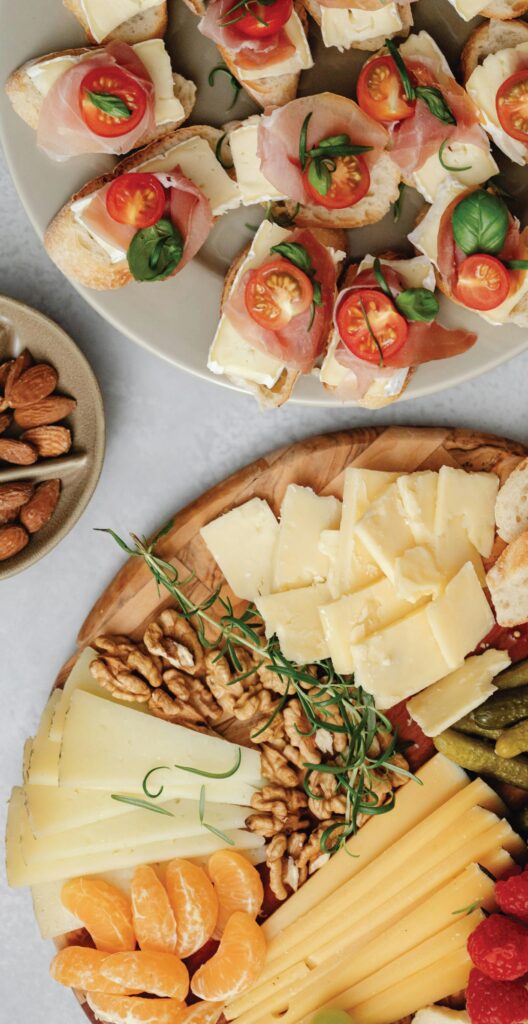
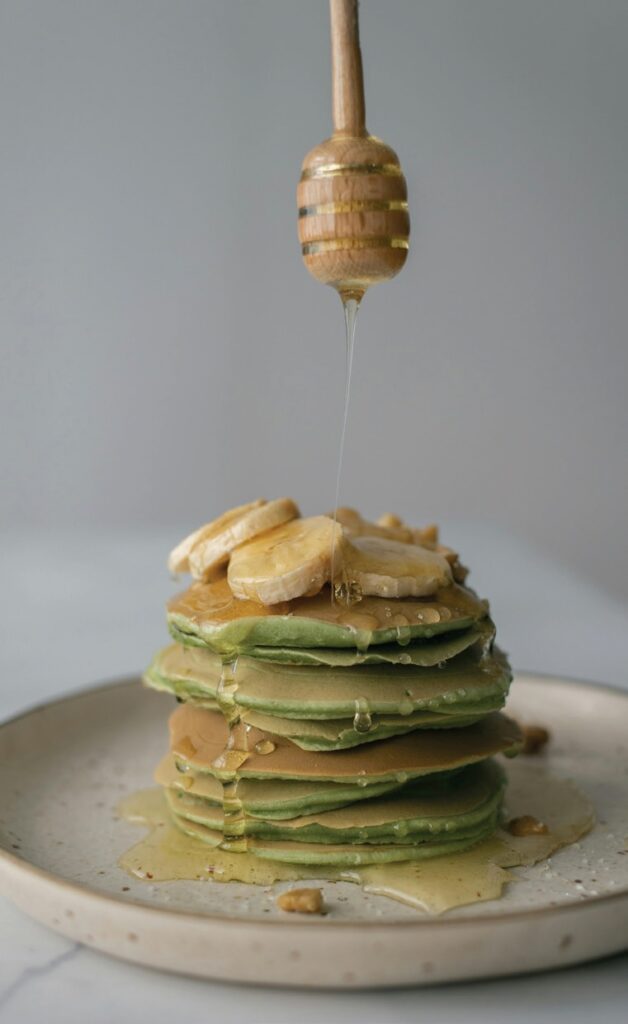
Upscale Midwest grocery chain Fresh Thyme, in its 2025 predictions, touts mushrooms, mushrooms, mangos, and mood-enhancing beverages as three of2025’s top trends.
“Expect to see more mushroom-based products in everyday pantry staples like pasta, broth and coffee, allowing consumers to effortlessly add its anti-inflammatory and sleep aid properties to their diets,” Fresh Thyme predicts. “Adaptogenic mushrooms—which may help the body manage stress, anxiety and fatigue includes varieties like Chaga, Lion’s Mane, and Turkey Tail—will start to gain momentum.”Indeed, many of those varieties are already making their way onto menus.
Next, “non-alcoholic beverages will become even more sophisticated as a way to cater to an array of holistic needs,” Fresh Thyme asserts. “For example, we’ll see a spike in drinks made with plant-based and mineral ingredients like kava and magnesium because of their mood-enhancing benefits. Beverages that contain multiple cannabinoids like CBD will also be trending thanks to their popularity in social settings.” It’s a start that big Greek beer brands, including Mythos, Alpha, Fix, and Vergina, have non-alcoholic options.
Like other forecasters, Fresh Thyme sees a big spike in demand for spicy foods. “Consumers are demanding more complex flavor profiles and will be bringing on the heat through expanded use of more fresh and dried chilis like ghost chilies, Chilis De Arbol and jalapenos. Keep an eye out for more hot sauce varieties too,” the report says.
Mangos “are finally getting their time in the spotlight with mango-flavored products showing up in everything from drinks to snacks,” and will blow up in 2025, Fresh Thyme predicts. The fruits are a “nutritional powerhouse” loaded with vitamin C to help support the immune system and are great for adding sweetness and a creamy texture to foods. While mangos are practically nonexistent in Greek cuisine, maybe it’s time to consider a dessert or creative salad with the superfruit.
In some good news for Greek restaurants, consumers will be prioritizing protein in 2025, Fresh Thyme says. “Protein will be breaking out into new categories in 2025. Shoppers will be flocking to more protein-boosted options when it comes to everything from cereals, oatmeal, pasta, pasta sauce and even flavor bursting queso and jalapeño turkey burgers for added fuel and nutrition,” the report notes.
Fresh Thyme also predicts big jump in demand for natural sweeteners like honey, maple syrup and dates―two of which have been staples of Greek diets for millennia. “They will become more prevalent in 2025 as consumers continue to look for ways to limit their refined and processed sugar intake,” according to Fresh Thyme.
Market-research giant Mintel offers its own 2025forecast in a recent report.“The trends were developed around buzz-worthy topics that have the potential to upset the status quo in the food and drink industry in2025,” Mintel writes.
First, weight-loss drugs like Ozempic are changing how consumers view food, the report says. There are implications for restaurant menus, especially in an age of transparency, attention to ingredients, and a focus on nutrition. “Simplified claims that highlight protein, fiber, vitamins, and mineral con-tent will appeal to people who are using weight-loss drugs as well as the majority of consumers who define their diets based on how food makes them feel,”Mintel says.
Mintel also says that anyone marketing food must embrace what it calls “perfectly imperfect consumers” in 2025.
“Food and drink consumers are human. As society becomes more casual, more people are not only accepting but celebrating their imperfections. Food and drink brands can target these ‘perfectly imperfect’ consumers with innovation that breaks the invisible rules around food and drink consumption. Lean into how consumers actually want to or do consume food and drink rather than how they feel they ‘should’. By supporting these rebellious tendencies, brands can help rule-breaking consumers feel more represented.”
As examples―which could easily translate to restaurant menus―Mintel cites products like Coffee Mate Dirty Soda Coconut Lime Creamer, launched after TikTok revealed users adding citrus as part of their ‘dirty soda’ creations; Fudge ‘n’ Vanilla French Fry Pop from Ore-Ida and GoodPop, a frozen treat inspired by the popular combination of dipping French fries into a milkshake; and J.M. Smucker’s hugely successful Uncrustables brand, created because kids―and many adults―prefer to cut crusts off sandwiches.
In another trend with potential benefits for Estiator readers, Mintel also notes a growing global consciousness among consumers, partly spurred by a more-mobile-than-ever population. “Local-centric identities will be transformed by technology, social media, the arts, immigration and travel into more global sensibilities,” Mintel says. Perhaps Greek restaurants can continue exploring less familiar regional cuisines, ingredients, and preparations as a result.
Finally, Chicago’s Institute of Food Technologists is claiming consumers will seek flavors that soothe, stimulate, and satisfy, according to a report that polled flavorists, chefs, trend spotters, futurologists, and entrepreneurs.
Under “soothing” flavors, think botanicals and low-sugar options that cater to consumers seeking calm and wellness. Among botanicals set to pop in 2025: rose, jasmine, elderflower, lavender, and honey, along with linden blossom, honeysuckle, and chamomile. Consumers connect florals to “health, freshness, and sustainability,” the report says.
For tastes that stimulate, bold flavors like smoke, char, and spice will appeal to those craving adventure, ITF notes. Expect this trend to show up in condiments and salsas showcasing smoke and/or charred fruits and vegetables; smoked hot paprika honey and aioli; smoky Calabrian chili cultured butter; smoky, salty snack flavorings; and smoke-flavored sea salts as a finishing touch, especially on chocolates.



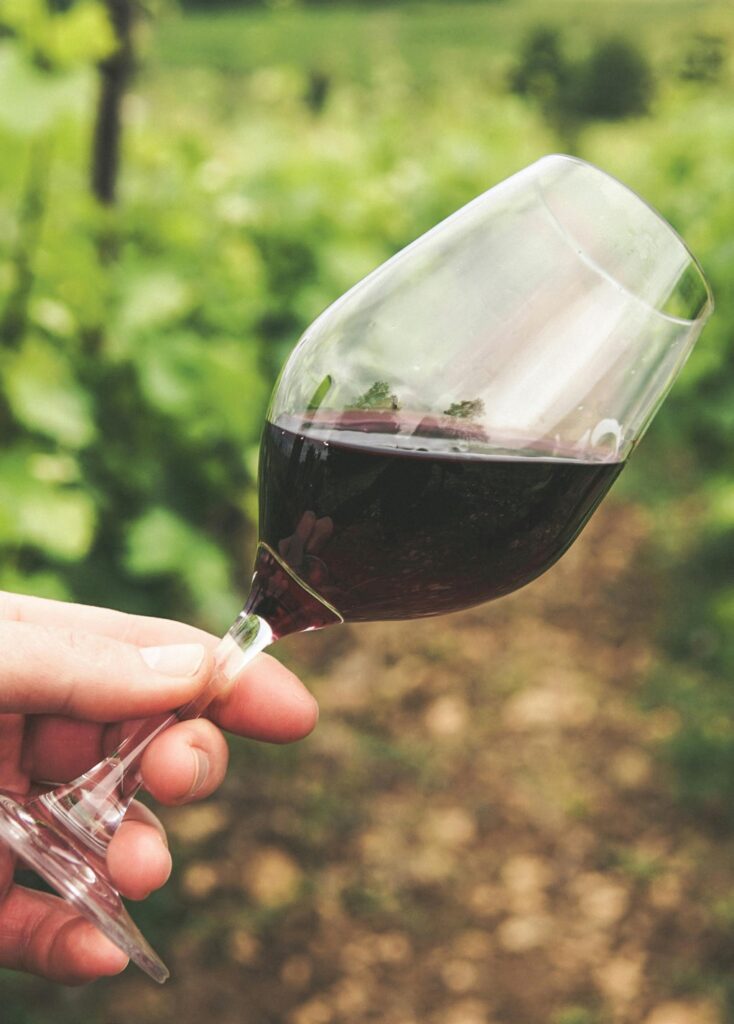
And “satisfying” tastes will play out as nostalgic flavors that evoke familiarity, offering a soothing, comforting experience. Think “kid-inspired beverage flavors based on classic candies, colas, and Creamsicles, as well as ice cream and protein bar flavors inspired by favorite kid cereals.” The nostalgia trend is finding new life with Gen Z, “who tends to assuage anxiety with familiarity.”
Root beer flavor is showing up in ice cream, coffee, protein bars, and shakes; and malt can be found in ice-cream, pancakes, waffles, and coffee creamers. Other vintage/nostalgic/childhood flavors making a comeback are bubble gum, custard, and gingerbread.
For restaurateurs, there are a few big takeaways from these forecasts. First, it’s helpful to pay at least some attention to social media to see what’s trending among consumers. Those hot topics translate into real behavioral changes when customers are ordering in your establishment.
Second, the trends make it clear that consumers want solace and soothing at a complicated, volatile time. Some menus, like those at diners, already tip toward nostalgia. But any establishment can incorporate classics in ways that appeal to comfort-seeking diners.
Finally―as Mintel suggests―it’s okay to break the rules we all grew up with. Today’s customers have very different ideas about the restaurant experience than what some of us have traditionally learned. Instead of fighting them, it might be fun and productive to play with menus and decor to make 2025 an even more successful year.














